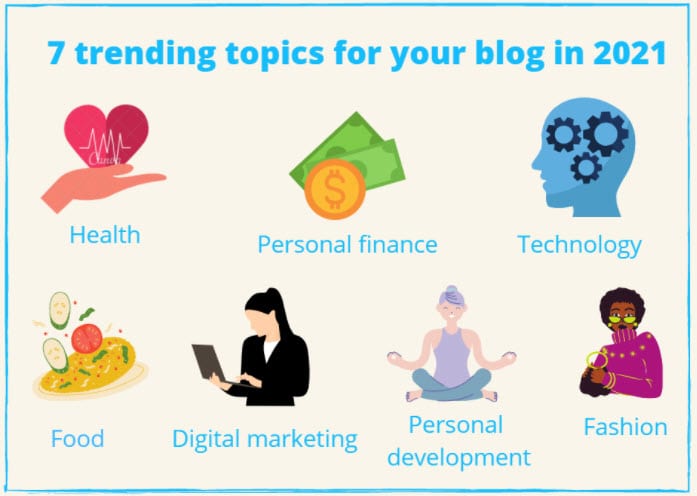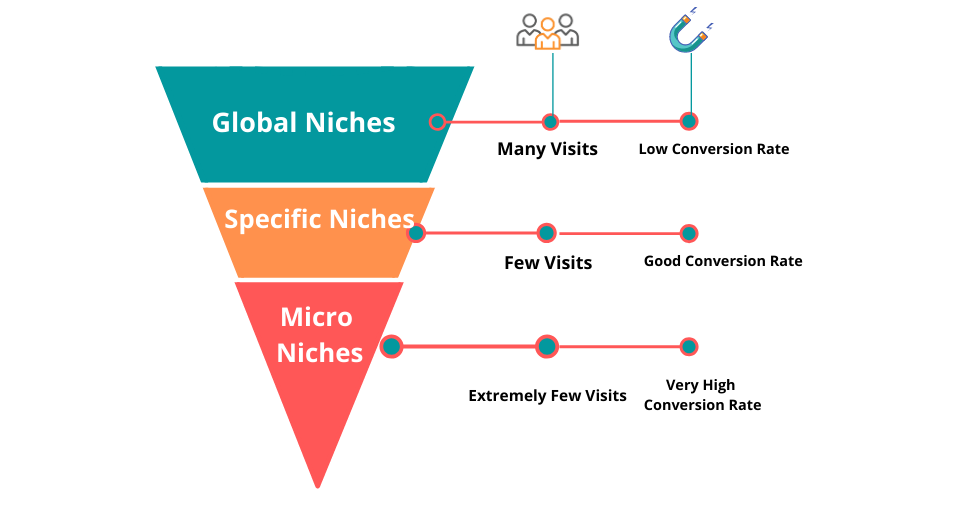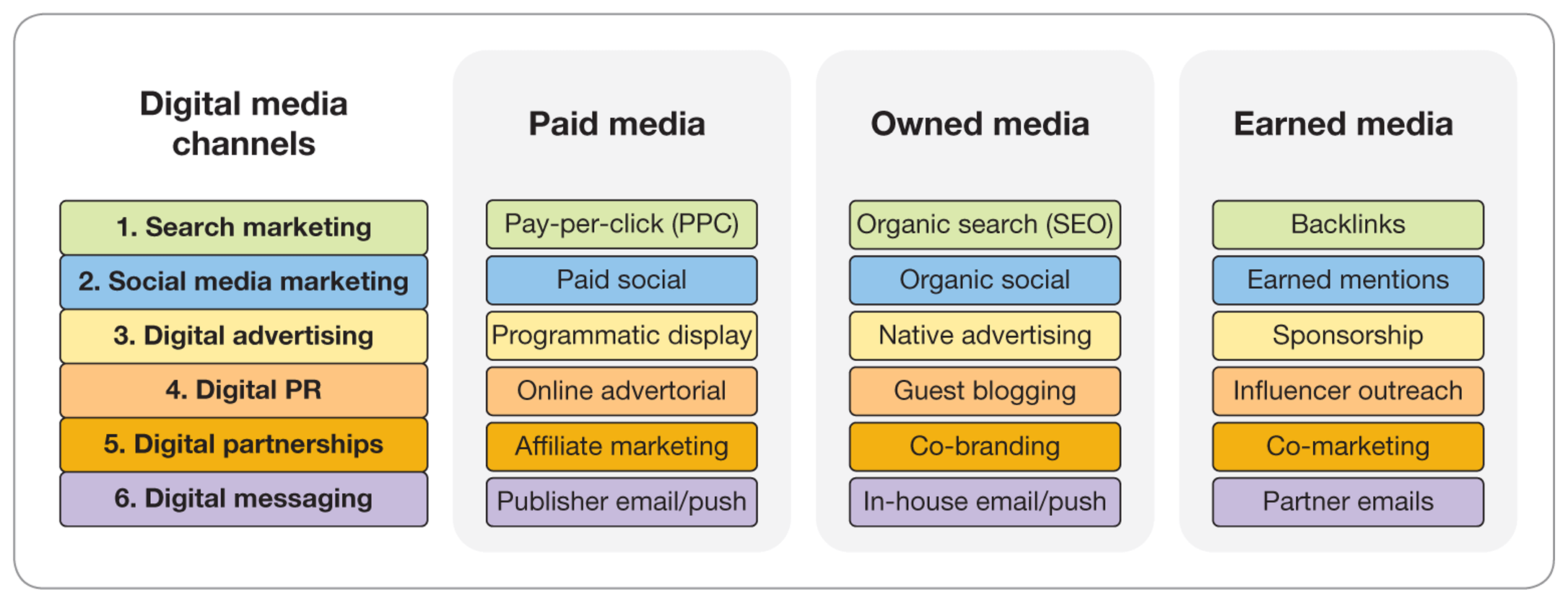Selling Canva templates online is a rewarding venture. It combines creativity with entrepreneurship.
In today’s digital age, Canva offers a user-friendly platform for designing templates. These templates cater to various needs, from social media graphics to marketing materials. Selling them online opens doors to a global market. You can reach customers who value time-saving design solutions.
This venture not only taps into the growing demand for digital products but also allows creators to monetize their design skills. By understanding market trends and customer preferences, sellers can carve out a niche. Explore the process of selling Canva templates online. Learn strategies to stand out in the competitive digital marketplace. Dive into the world of online sales and unleash your creative potential.
Introduction To Canva Templates
Selling Canva templates online offers a creative way to earn income. Design unique templates that cater to various niches. Market them on platforms like Etsy or Creative Market to reach a broader audience.
When I first stumbled upon Canva, I was amazed at how quickly it transformed my design capabilities. Suddenly, I was creating professional-looking graphics without needing a design degree. This easy-to-use platform has become a powerhouse for creative expression, and one of its standout features is Canva templates. Let’s dive into what makes Canva templates so appealing and why they’re in high demand.What Are Canva Templates?
Canva templates are pre-designed layouts that you can use as a starting point for your own projects. They cover a wide range of categories, including social media posts, presentations, posters, and more. These templates save you time and effort, allowing you to focus on customizing the content to suit your needs. No need to start from scratch every time you want to create something new. You can easily swap out images, change text, and adjust colors to match your brand or personal style. It’s like having a design assistant at your fingertips.Popularity And Demand
The surge in Canva’s popularity isn’t just a trend—it’s a testament to its accessibility and versatility. With millions of users worldwide, Canva templates cater to everyone from small business owners to hobbyists. People want stunning visuals without the hassle of complex design software. Canva provides that solution, which is why these templates are in such high demand. Have you noticed how brands quickly adapt to trends and occasions with fresh graphics? Many of them leverage Canva templates to stay relevant and engaging. So, if you’re considering selling Canva templates, there’s a ready market eager to buy. Are you ready to tap into this demand and showcase your creativity?
Credit: yourchicgeek.com
Creating High-quality Templates
Designing high-quality Canva templates can attract buyers online. Focus on creating clear, visually appealing designs. Offer templates that meet diverse needs, ensuring they are easy to customize and use.
Creating high-quality templates is crucial if you want to sell Canva templates online successfully. Your designs need to stand out and meet the needs of your audience. Quality ensures that your customers keep returning for more, and it also helps in building a strong reputation for your brand. Let’s dive into some practical tips on creating templates that not only look great but also offer real value to your buyers. ###Design Tips And Tricks
Start by understanding the preferences of your target audience. What colors, styles, or themes resonate with them? Once you know this, use Canva’s wide range of design elements to create visually appealing templates. Experiment with different fonts and layouts to see what works best. Keep your designs clean and simple. A cluttered template can be overwhelming and unattractive. Aim for balance by leaving enough white space and ensuring elements are well-aligned. This simplicity can make your templates more versatile and appealing to a wider audience. Think about the purpose of your template. Is it for social media, presentations, or wedding invitations? Each type requires a different approach. For example, social media templates should be bold and eye-catching, while wedding invitations might need a more elegant and soft touch. ###Ensuring Usability
Usability is just as important as aesthetics. Your templates should be easy to use and customize. Test them to ensure that all elements can be easily edited by someone who isn’t a design expert. This means choosing fonts and colors that are easy to change and ensuring that any images or graphics are replaceable. Consider the file format and size. Templates that are too large or complicated can be difficult to download and use. Optimize your files for quick loading and smooth editing. This will enhance the user experience and make your customers more likely to recommend your templates. Ask yourself, would you enjoy using this template? If the answer is no, your customers might feel the same way. Gather feedback from friends or existing customers to identify areas for improvement. Small tweaks can make a big difference in user satisfaction. By focusing on creating high-quality templates, you set the foundation for a successful online business. How will you ensure your templates are both beautiful and user-friendly?Understanding Your Target Audience
Understanding your target audience is crucial for selling Canva templates online. Knowing who they are helps you create designs that they will love. This connection boosts your sales and builds customer loyalty.
Identifying Key Demographics
Identify who uses Canva templates most. Are they young entrepreneurs, students, or small business owners? Each group has different needs and preferences. Research their age, gender, and location. This data helps in crafting designs that appeal to them.
Consider their professional background. Designers have different needs compared to teachers. Knowing their skills helps tailor templates that match their expertise level. This increases the chance they will purchase your designs.
Tailoring Designs To Preferences
Design templates that match your audience’s taste. Analyze popular design trends among your target group. Use colors, fonts, and layouts they prefer. This makes your templates more attractive.
Keep an eye on feedback. Listen to your customers’ opinions. Adjust your designs based on their suggestions. This ensures your templates remain relevant and in demand.
Offer variety. Provide different styles to cater to diverse preferences. This ensures you reach a wider audience and increase sales.
Pricing Strategies For Templates
Setting the right price for your Canva templates is crucial for success. It influences sales and establishes your brand’s value. A well-thought-out pricing strategy can attract customers and boost profits. Explore effective ways to price your templates to stand out in the market.
Competitive Pricing Models
Competitive pricing involves researching similar templates and setting comparable prices. Analyze competitors’ pricing to determine your strategy. Consider the value your templates offer and align your prices accordingly. This approach helps ensure your prices are attractive and reasonable.
Pricing slightly lower than competitors can draw more buyers. Offering unique features can justify a higher price. Balance between affordability and profit to keep your business thriving.
Offering Discounts And Bundles
Offering discounts can create urgency and increase sales. Limited-time offers encourage quick decisions. Seasonal promotions also attract attention and drive purchases.
Bundles provide value by offering multiple templates at a lower price. Buyers perceive bundles as cost-effective deals. This strategy can boost sales volume and enhance customer satisfaction.
Combining discounts and bundles can further entice buyers. It creates a win-win situation for both you and your customers.
Choosing The Right Platform
To sell Canva templates online, selecting the right platform is crucial. Your choice affects visibility, costs, and ease of use. Some platforms attract more buyers. Others offer more control. We will explore two main options. Popular marketplaces and self-hosting options.
Popular Marketplaces
Popular marketplaces simplify the selling process. They bring traffic and trust. Etsy is a top choice for creative products. It has a vast customer base. Creative Fabrica is another option. It focuses on digital products. These platforms handle payments and customer service. Fees are a consideration. They charge a percentage of your sales. Choose a marketplace based on your product niche.
Self-hosting Options
Self-hosting offers more control. You create a website to sell directly. Platforms like Shopify or WordPress help set up online stores. You manage everything. Payments, customer interactions, and marketing. Self-hosting requires more effort. It can be rewarding. No platform fees mean more profit. Use SEO strategies to attract visitors. Optimize your site for search engines.
Consider your skills and resources. Choose a platform that suits your needs. Either option can lead to success. Focus on quality templates and customer satisfaction.
Marketing Your Templates
Marketing your Canva templates is crucial for attracting buyers. With effective strategies, you can reach a wider audience. This section will explore techniques to promote your designs.
Social Media Promotion
Social media is a powerful tool for reaching potential customers. Share engaging posts showcasing your Canva templates. Use platforms like Instagram and Pinterest for visual appeal. Regularly post new designs to keep followers interested. Interact with your audience through comments and messages. Host a giveaway or contest to increase engagement.
Collaborations And Partnerships
Collaborating with other creators can expand your reach. Partner with influencers who align with your brand. Offer them free templates in exchange for promotion. Collaborate with bloggers who write about design and creativity. Guest posts can introduce your templates to new audiences. Work with complementary brands for joint promotions. This can enhance visibility and credibility.
Building A Brand
Building a brand is essential for selling Canva templates online. A strong brand helps you stand out and attract the right audience. It is your identity and how customers perceive you. A well-defined brand builds trust and credibility. It makes your business memorable and recognizable.
Creating A Unique Brand Identity
Your brand identity should be unique and reflect your style. Choose colors and fonts that represent your vision. Make sure they align with the templates you design. A consistent visual identity helps customers remember you. It sets your templates apart from competitors.
Design a logo that is simple yet impactful. This symbol should convey your brand message clearly. Ensure it is versatile and looks good on various platforms. Your brand identity should be present in every template you sell. This creates a cohesive and professional look.
Establishing Trust And Credibility
Trust is crucial in online sales. Show your expertise through high-quality templates. Share testimonials and reviews from satisfied customers. Positive feedback encourages new buyers to trust your products. Offer clear and honest descriptions of each template.
Provide excellent customer support to resolve issues promptly. Respond quickly to questions and concerns. This builds a reputation for reliability and care. Transparency in pricing and policies also enhances credibility. Make it easy for customers to understand what they are purchasing.
Managing Customer Feedback
Customer feedback is crucial for selling Canva templates online. It helps you understand what buyers appreciate and what needs improvement. Engaging with feedback builds trust and enhances the quality of your products. Paying attention to reviews and ratings can significantly impact your sales success. Feedback offers valuable insights, guiding you to refine your templates. By addressing customer concerns, you demonstrate commitment to quality. This not only retains existing customers but also attracts new ones.
Handling Reviews And Ratings
Reviews and ratings serve as a mirror to customer satisfaction. Positive reviews boost your credibility and attract more buyers. Respond to all reviews, whether positive or negative. Thank your customers for positive feedback. Address negative reviews with a solution-focused approach. Apologize for any inconvenience and offer help. This shows customers that you care about their experience. Encourage satisfied customers to leave reviews. The more reviews you have, the more potential buyers trust your templates.
Improving Based On Feedback
Feedback is a treasure trove of improvement opportunities. Analyze customer comments to identify common suggestions. Use these insights to enhance your templates. Maybe a customer wants more customization options. Another might suggest clearer instructions. Implement these changes to meet customer expectations. Regular updates based on feedback keep your templates relevant. This proactive approach makes customers feel heard. It builds a positive reputation for your brand. Always inform customers about updates based on their feedback. This fosters a sense of community and trust.
Scaling Your Template Business
Scaling your Canva template business opens doors to new opportunities. With the right strategies, you can reach more customers and increase profits. This section offers insights on expanding product ranges and automating processes for growth.
Expanding Your Product Range
Offer a variety of templates to attract different audiences. Create templates for personal use, business needs, and educational purposes. Diversifying your templates can reach more people. Listen to customer feedback and create templates based on demand. Trends can guide your template creation strategy. Seasonal templates can boost sales during holidays.
Automating Processes
Automation saves time and reduces errors. Use software to manage customer interactions and sales. Email marketing can be automated to keep customers engaged. Schedule social media posts to maintain online presence. Automating tasks lets you focus on creativity and growth. Tools can help with inventory management and customer support. Efficiency is key in scaling your business.

Credit: www.youtube.com
Conclusion And Future Trends
The digital world is evolving rapidly. Selling Canva templates online is a promising venture. This journey requires adaptability and foresight. Reflecting on past successes and anticipating future market changes ensures sustained growth.
Reflecting On Success
Success in selling Canva templates offers valuable lessons. Understanding customer needs is crucial. Templates that solve problems attract buyers. Track sales patterns and feedback. This helps refine designs and marketing strategies. Building a strong brand presence increases trust. Trust drives repeat purchases.
Anticipating Market Changes
The digital market is dynamic. Trends shift quickly. Stay updated with design trends. Bold colors and minimalism are popular now. Monitor social media for emerging styles. Adapt your templates accordingly. Technology impacts design preferences. New tools and features will emerge. Incorporate these in your templates.
Consumer expectations evolve. Demand for unique and customizable templates grows. Offer flexibility in your designs. This keeps your offerings relevant. Sustainability is gaining attention. Eco-friendly designs attract conscious consumers. Keep an eye on global design movements.
Embrace change and innovation. This ensures your templates remain competitive. The future holds exciting possibilities. Prepare for these opportunities now.

Credit: flodesk.com
Frequently Asked Questions
Can You Sell Canva Templates Online?
Yes, you can sell Canva templates online. Ensure templates are original and comply with Canva’s licensing terms. Use platforms like Etsy or your own website to reach potential buyers. Promote your templates using social media and SEO strategies for better visibility and sales.
How Profitable Is Selling Canva Templates?
Selling Canva templates can be highly profitable. Creators often earn $500 to $5,000 monthly. Success depends on quality, niche, and marketing strategy. Engaging designs and effective promotion are key for attracting customers and increasing sales.
Can You Legally Sell Canva Templates On Etsy?
Yes, you can legally sell Canva templates on Etsy. Ensure templates are original and comply with Canva’s licensing terms. Avoid using Canva’s pro elements without permission. Always check Etsy’s guidelines and Canva’s licensing policies to prevent violations. Properly credit Canva if required in your listings.
Is Selling Canva Designs Legal?
Selling Canva designs is legal if you comply with Canva’s licensing agreements. Use elements marked “Free” or ensure you have the right licenses for “Pro” elements. Always review Canva’s terms to avoid copyright issues.
Conclusion
Selling Canva templates online can be rewarding and fun. Follow the steps to grow your business. Create unique designs that attract buyers. Set fair prices for your templates. Promote your work on social media. Connect with your audience through engaging posts.
Update your templates often to keep them fresh. Offer excellent customer service to build trust. Learn from feedback and improve your designs. With patience and effort, your sales will increase. Remember, consistency is key to success. Happy selling and designing!




